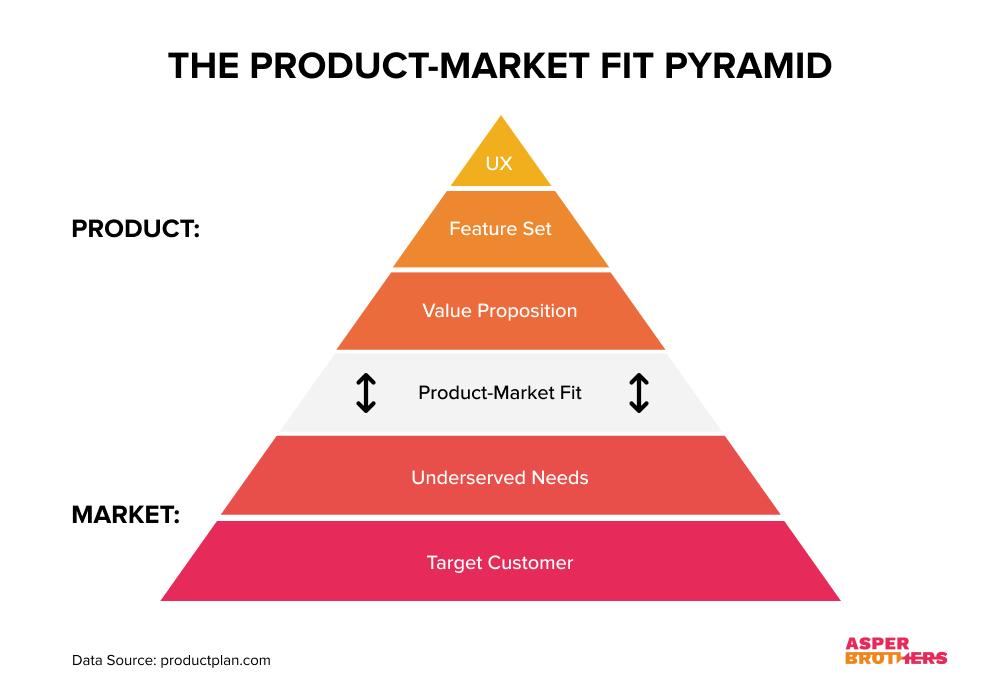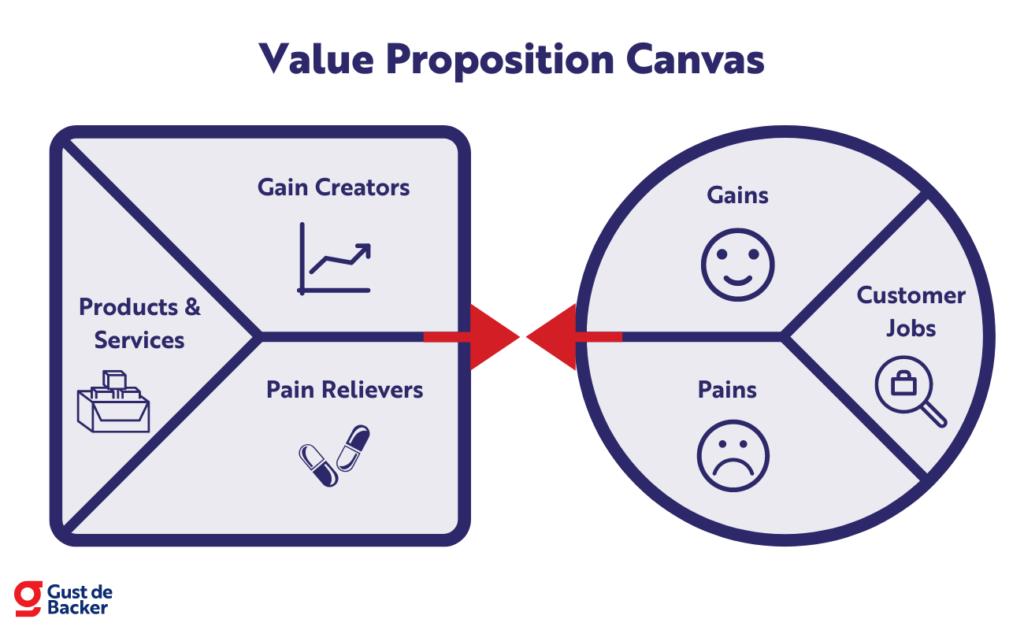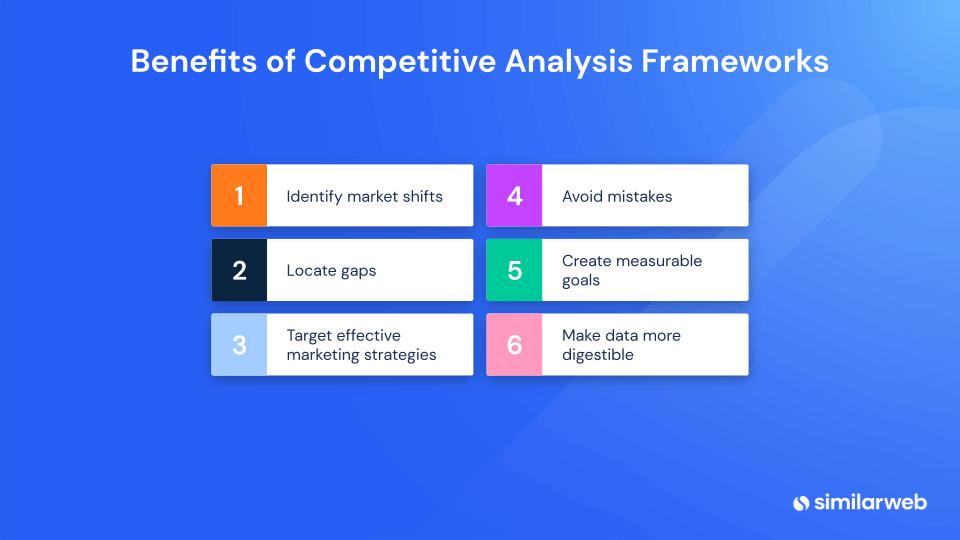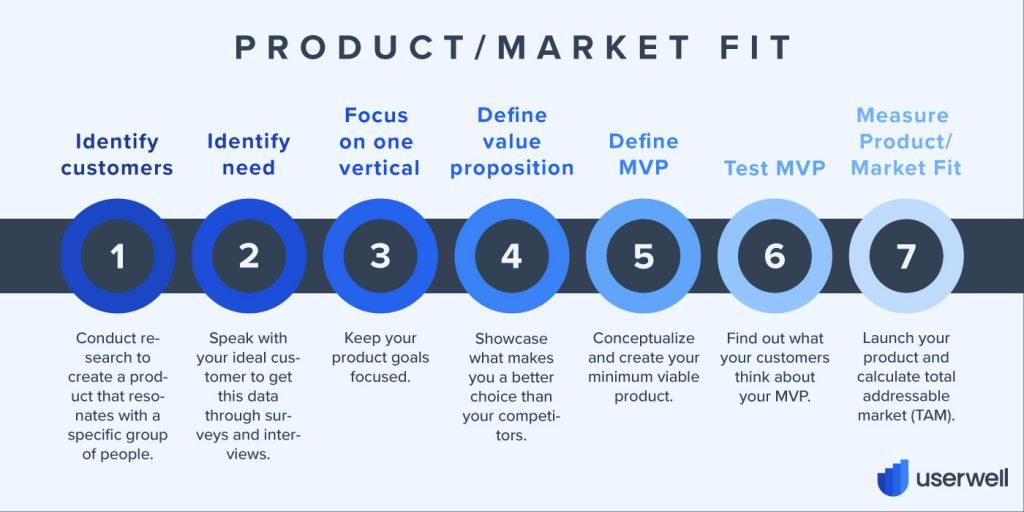Imagine summoning a ride with a tap of your finger, transforming urban transportation forever. This is the story of Uber, a company that didn’t just build a product; they crafted a phenomenon. Their secret? Mastering product-market fit. This deep dive explores Uber’s journey, revealing the strategies and tactical decisions that propelled them to global dominance. Whether you’re a startup finding its footing or an established business seeking to refine your offering, Uber’s story holds valuable lessons for achieving lasting market success.
Introduction: The Uber Phenomenon and the Pursuit of Product-Market Fit
Uber’s rise from a simple idea to a global powerhouse is a testament to the power of product-market fit. This isn’t just about building a great product; it’s about aligning that product perfectly with market demand. Uber’s success story provides a compelling case study for understanding how to identify market gaps, craft a compelling value proposition, and continuously iterate based on customer feedback. This article will dissect Uber’s strategic approach, highlighting key takeaways and actionable insights that can be applied across industries. From understanding the essence of product-market fit to overcoming market challenges, we’ll explore the crucial elements that contributed to Uber’s remarkable journey.
Image Source: https://www.questionpro.com/
Identifying the Gap: How Uber Found Its Niche in the Transportation Market
Uber’s success began with recognizing a fundamental flaw in the existing transportation system. Traditional taxis were often unreliable, lacked transparent pricing, and offered a subpar customer experience. Uber identified this gap and capitalized on it, offering a convenient, reliable, and transparent alternative.
Uber’s Value Proposition: More Than Just a Ride
Uber’s value proposition wasn’t simply about getting from point A to point B. It was about providing a seamless, user-friendly experience built on the pillars of reliability, safety, and affordability. This resonated deeply with consumers who were frustrated with the limitations of traditional taxi services.
The Iterative Approach: Constant Evolution and Adaptation
Uber’s commitment to continuous improvement is a cornerstone of their success. They embraced an iterative approach, constantly seeking customer feedback and using it to refine their services. This led to innovations like UberPOOL (ridesharing) and UberEATS (food delivery), demonstrating their ability to adapt and expand based on market demand.
 product-market fit- Product-Market Fit PyramidImage Source: https://asperbrothers.com/
product-market fit- Product-Market Fit PyramidImage Source: https://asperbrothers.com/
Leveraging Innovation and Customer Feedback for Sustainable Growth
In the dynamic landscape of the tech industry, stagnation is the enemy of progress. Uber understood this, consistently innovating and prioritizing customer feedback.
Staying Ahead of the Curve: The Importance of Continuous Innovation
Uber’s constant innovation, from introducing new ride options to expanding into new markets, allowed them to maintain a competitive edge. They didn’t rest on their initial success but continually sought new ways to improve and expand their services.
Feedback is Gold: Mining Customer Insights for Refinement
Uber recognized the value of customer feedback, not just for addressing complaints but also for understanding evolving market needs. This feedback loop allowed them to refine their business model, introduce new features, and stay aligned with customer expectations.
 gustdebacker.com/wp-content/uploads/2023/06/Value-Proposition-Canvas-1024×630.pngImage Source: https://gustdebacker.com/
gustdebacker.com/wp-content/uploads/2023/06/Value-Proposition-Canvas-1024×630.pngImage Source: https://gustdebacker.com/
Measuring Product-Market Fit: The 40% Rule and Beyond
The 40% rule, a common benchmark for measuring product-market fit, suggests that if 40% of your users would be “very disappointed” without your product, you’re on the right track. While a useful metric, it’s important to remember that achieving product-market fit is an ongoing process, not a destination. Continuous monitoring, feedback analysis, and adaptation are essential for maintaining and strengthening this fit.
Frameworks for Product-Market Fit: Navigating the Options
Several frameworks can guide businesses in their pursuit of product-market fit. The Product-Market Fit Pyramid, for example, provides a structured approach to aligning product development with market needs. The Lean Startup Methodology emphasizes rapid iteration and learning through the development of minimum viable products (MVPs). Choosing the right framework and adapting it to your specific business context is crucial for success.
Competitive Analysis: Sharpening Your Edge in the Market
Understanding your competition is essential for differentiation and market positioning. Thorough competitive analysis involves examining competitor offerings, analyzing their marketing strategies, and monitoring customer sentiment. This intelligence can inform product development, marketing campaigns, and overall business strategy. Tools like SEMrush and Ahrefs can provide valuable data on competitor performance and market trends.
 product-market fit- Competitive Analysis Framework for SaaSImage Source: https://www.similarweb.com/
product-market fit- Competitive Analysis Framework for SaaSImage Source: https://www.similarweb.com/
Customer Feedback: Uber’s Secret Weapon for Continuous Improvement
Uber’s reliance on customer feedback is a crucial aspect of their sustained success. By implementing a continuous feedback loop, leveraging feedback analysis tools, and using insights to inform product pivots, Uber demonstrates the power of customer-centricity. This approach allows companies to stay attuned to evolving user needs and adapt their offerings accordingly.
Overcoming Market Resistance: Navigating Challenges and Driving Adoption
Uber’s journey wasn’t without its obstacles. They faced regulatory hurdles, pushback from the traditional taxi industry, and the complexities of navigating diverse cultural landscapes. However, through strategic lobbying, local partnerships, and continuous iteration, Uber successfully navigated these challenges. Their adaptability and willingness to learn from setbacks played a key role in their eventual triumph.
Driving Internal Buy-In: Aligning Your Team for Success
Achieving product-market fit requires internal alignment and support. Open communication, education, and showcasing success stories can help foster buy-in for product changes. Involving all departments in the feedback loop and decision-making process creates a sense of shared ownership and increases the likelihood of successful implementation.
The Psychology of Product-Market Fit: Storytelling, UX, and Data-Driven Decisions
Storytelling plays a crucial role in connecting with your target audience and building brand loyalty. Creating a compelling narrative around your product can resonate with users on an emotional level, driving adoption and advocacy. User experience (UX) is paramount, acting as the bridge between your product and its users. A user-centric design approach, guided by empathy, consistency, and continuous feedback, ensures a seamless and enjoyable experience. Finally, data-driven decision making, a hallmark of Uber’s strategy, empowers businesses to make informed choices, optimize performance, and stay ahead of the curve.
 userwell.com/wp-content/uploads/2021/11/glossary-product-market-fit-steps-1024×512.jpgImage Source: https://userwell.com/
userwell.com/wp-content/uploads/2021/11/glossary-product-market-fit-steps-1024×512.jpgImage Source: https://userwell.com/
Conclusion: Embracing the Journey to Product-Market Fit
Uber’s journey highlights the dynamic nature of product-market fit. It’s not a one-time achievement but an ongoing process of learning, adapting, and refining. By embracing customer feedback, leveraging data-driven insights, and prioritizing user experience, businesses can navigate the complexities of the market and achieve sustainable growth. Uber’s story serves as a powerful reminder that success lies not just in building a great product, but in building a product that truly meets the needs of its users.
FAQ: Addressing Common Questions about Product-Market Fit
Q: How can I determine if my product has achieved product-market fit?
- A: While the 40% rule is a useful benchmark, it’s essential to look at other metrics like customer retention, engagement, and revenue growth. Conducting user surveys and interviews can provide valuable qualitative insights.
Q: What are some common pitfalls to avoid when pursuing product-market fit?
- A: Ignoring customer feedback, failing to adapt to changing market conditions, and focusing on features over benefits are common mistakes.
Q: How can I incorporate data-driven decision making into my product development process?
- A: Invest in analytics tools, implement A/B testing, track key performance indicators (KPIs), and foster a data-driven culture within your organization.
Q: What are some examples of companies that have successfully achieved product-market fit?
- A: Besides Uber, companies like Slack, Dropbox, and Airbnb have demonstrated strong product-market fit by aligning their offerings with specific user needs and continuously iterating based on feedback.
We encourage you to share your questions and experiences with product-market fit in the comments below. Let’s learn from each other and continue the conversation.